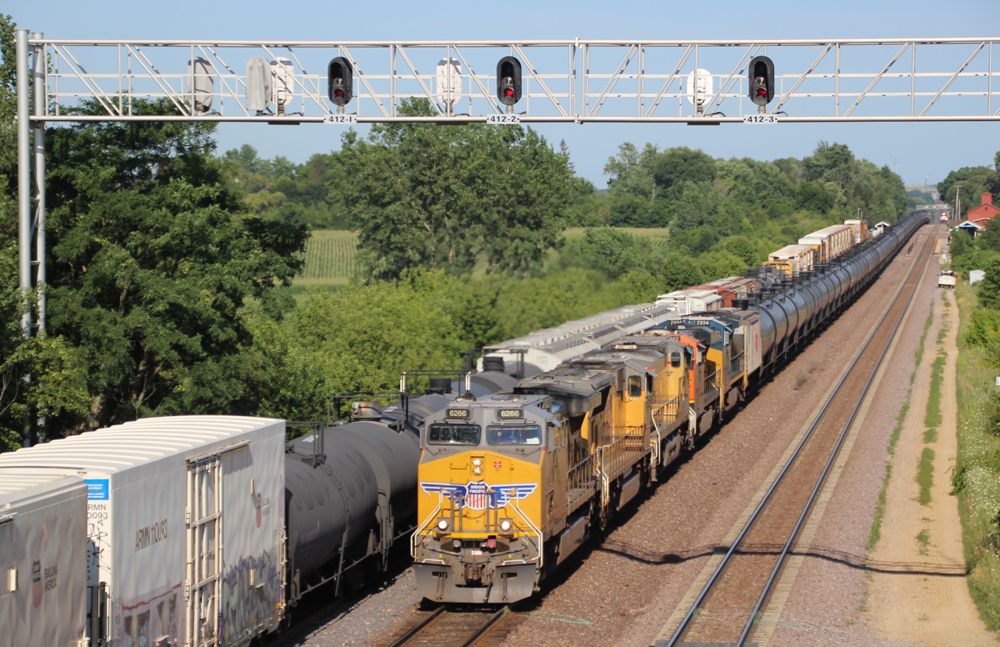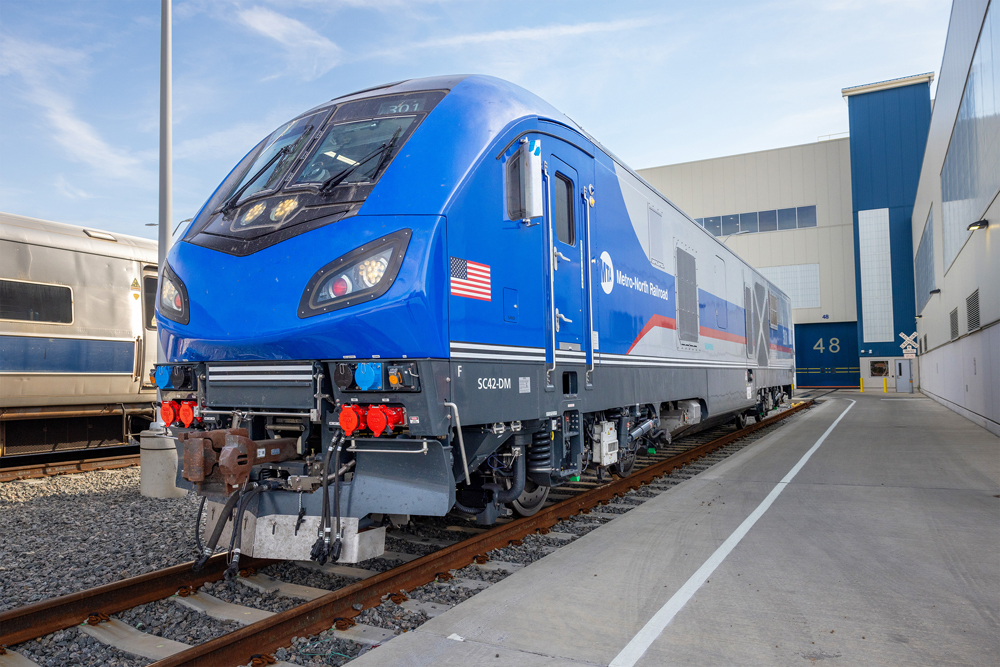
WASHINGTON — Most chemical shippers say railroad service has not yet returned to pre-pandemic levels, according to a survey released today by the American Chemistry Council.
Some 77% of ACC members surveyed said rail service was worse in January than it was in early 2020 before the pandemic hit. Some 22% said service had returned to pre-pandemic levels, while just 1% said service was better.
The survey found that 81% of chemical shippers reported longer transit times; roughly two-thirds reported missed switches and reduced days of local service; and half experienced increased demurrage charges.
Rail service suffered last year amid widespread and crew shortages on BNSF Railway, CSX Transportation, Norfolk Southern, and Union Pacific.
Some 62% of survey respondents said they were affected by railroad service embargoes in the second half of last year, with 89% saying their facilities or customer facilities were put under more service embargoes in 2022 compared to prior years. The embargoes were not effective in reducing congestion, according to 75% of shippers. Only 6% said embargoes were effective, while 16% they were effective in some instances but were disruptive.
The ACC report does not mention Union Pacific by name, but it issued the vast majority of congestion-related embargoes last year. The spike in UP’s use of embargoes since 2018 prompted a two-day Surface Transportation Board hearing last year.
“There are signs that conditions have improved, but the transportation problems plaguing our members are far from resolved,” ACC economist Emily Sanchez said in a statement. “Marine and truck transportation have improved while poor rail service continues to be a major concern.”
In reports filed with the STB last week, the big four U.S. systems detailed their current operations compared to performance targets they hope to reach by May. The STB last year ordered the railroads to provide more detailed operational data so that it could monitor their service performance.
BNSF exceeded its on-time performance target for intermodal and automotive traffic, but was short of the goals set for coal, merchandise, grain, crude, and ethanol trains. Local service performance, at 89.7%, was just short of the 91% target.
CSX has exceeded all six service of its performance targets since December, including terminal dwell, average train speed, industry spot and pull, and on-time performance for manifest, bulk, and intermodal traffic.
Norfolk Southern’s intermodal on-time performance of 97.2% is just shy of its 99% target. But merchandise on-time performance, system velocity, terminal dwell, and local service all remain well below target levels as the railroad implements tighter makeup rules for long, heavy trains as part of its broader safety initiatives in the wake of the Feb. 3 derailment in East Palestine, Ohio.
NS merchandise on-time performance was 51.6% compared to the target of 82%.
UP, which carries more chemical shipments than any other railroad, said its manifest and bulk on-time performance has been at or above its target for 13 of the past 17 weeks, while intermodal met or exceeded the target for 10 of the past 17 weeks. Trip-plan compliance for manifest traffic was 67%, bulk 80%, and intermodal 79% for the week ending March 31.
UP’s first and last mile service performance was 93%.
The chemistry council said the latest survey findings provide further evidence that the problems within the U.S. transportation supply chain are entrenched and that companies believe that further action by policymakers on solutions would help.
Most chemical shippers said that standardized first mile/last mile service reporting by railroads (73%) and access to reciprocal switching (77%) would help mitigate freight rail problems.
“Hoping things will improve on their own is not a strategy,” said Jeff Sloan, ACC’s senior director of transportation and infrastructure issues. “There are several sensible policy reforms that are ready to go that could help address these major transportation problems now and into the future.”
Specifically, ACC repeated its call for the STB to increase competition in the rail industry through reciprocal switching and to hold railroads accountable for service failures by establishing minimum service standards.
The STB is currently considering a rulemaking that would expand reciprocal switching.













get rid of PSR and the worship of Wall st and run more frequent and shorter trains would help.
82% target…..Would you play Russian roulette with a gun that fires 18% of the time?
“NS merchandise on-time performance was 51.6% compared to the target of 82%.”
What are the Class 1 targets? Is it a time, a date, a week or what?
Back in the day, the target was the wee hours of the second day after leaving Chicago. That’s before the commuter trains came out.
The loads could be switched for travelling shifters (called runners or drills on other roads) or nearby local freights so the consignee had his car that day. On some of the commuter branches the local ran at night so those customers had their cars before day shift the next day.
All the connecting roads hustled because if you didn’t make the delivery on time, the customer could go with one of the big roads.
Oh, wait: there’s nothing but big roads now. And the one big road serving the shipper can take as long as it wants.